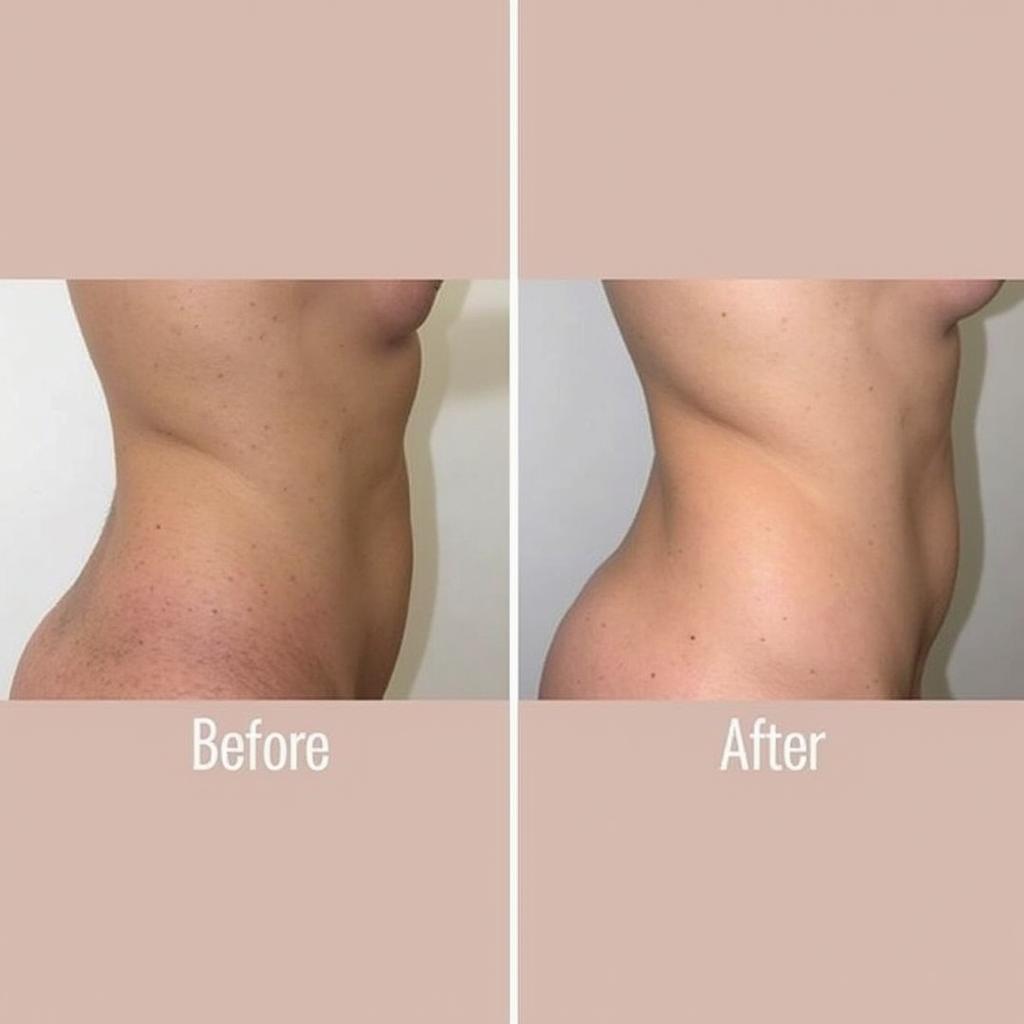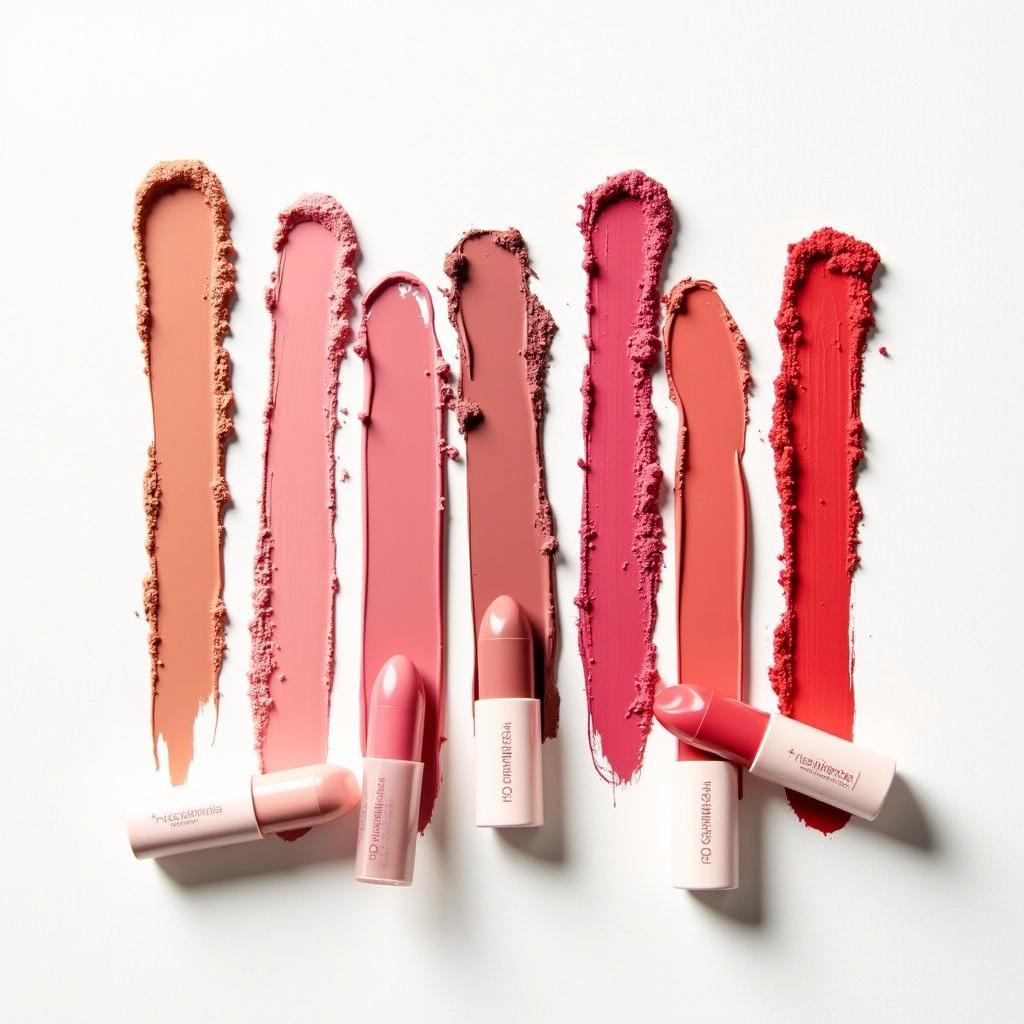Pro-Xylane vs Retinol: Which Anti-Aging Ingredient Reigns Supreme?
- AmazoniaSilva
- Tháng 12 20, 2024
- Zodiac signs
- 0 Comments
Pro-Xylane and retinol are two popular anti-aging ingredients found in many skincare products. Both promise to reduce wrinkles, improve skin texture, and boost overall skin health. But how do they differ, and which one is right for you? This article will delve into the science behind pro-xylane vs retinol, comparing their benefits, side effects, and ideal usage to help you make an informed decision for your skincare routine.
Understanding Pro-Xylane: The Sugar-Derived Wonder
Pro-xylane, a patented molecule developed by L’Oréal, is a sugar-derived ingredient that mimics the action of xylose, a natural sugar found in beechwood. It works by stimulating the production of glycosaminoglycans (GAGs), which are essential components of the skin’s extracellular matrix. These GAGs, like hyaluronic acid, are responsible for maintaining skin hydration, firmness, and elasticity.
- Benefits of Pro-Xylane:
- Improves skin hydration and plumpness
- Reduces the appearance of fine lines and wrinkles
- Enhances skin firmness and elasticity
- Gentle and well-tolerated by most skin types
Delving into Retinol: The Vitamin A Powerhouse
Retinol, a derivative of vitamin A, is a well-established anti-aging ingredient with decades of research backing its efficacy. It works by increasing cell turnover, stimulating collagen production, and reducing the appearance of wrinkles, hyperpigmentation, and acne. Retinol is a potent ingredient, and its usage requires careful introduction and monitoring.
- Benefits of Retinol:
- Reduces wrinkles and fine lines
- Improves skin texture and tone
- Minimizes the appearance of pores
- Treats acne and hyperpigmentation
Pro-Xylane vs Retinol: A Head-to-Head Comparison
Choosing between pro-xylane and retinol depends on your specific skin concerns and tolerance levels. Here’s a table summarizing their key differences:
| Feature | Pro-Xylane | Retinol |
|---|---|---|
| Mechanism | Stimulates GAG production | Increases cell turnover, boosts collagen |
| Potency | Gentle | Potent |
| Side Effects | Generally well-tolerated | Can cause dryness, irritation, and purging |
| Best for | Sensitive skin, hydration, fine lines | Wrinkles, acne, hyperpigmentation, texture |
| Daytime Use | Yes | Not recommended (use sunscreen) |
Which One is Right for You? Pro-Xylane or Retinol?
If you have sensitive skin or are looking for a gentle approach to anti-aging, pro-xylane is a great starting point. It provides excellent hydration and can help plump up the skin, reducing the appearance of fine lines. For more advanced signs of aging, acne, or hyperpigmentation, retinol is the more powerful choice. However, it’s crucial to start with a low concentration and gradually increase usage to minimize potential side effects.
“For those new to anti-aging, I often recommend starting with pro-xylane,” says Dr. Emily Carter, a board-certified dermatologist. “It’s a great way to improve skin hydration and address early signs of aging without the risk of irritation.”
Combining Pro-Xylane and Retinol: A Synergistic Approach
For optimal results, you can even combine pro-xylane and retinol in your skincare routine. Using pro-xylane during the day and retinol at night can provide a comprehensive anti-aging strategy, addressing both hydration and cell turnover.
“Combining pro-xylane and retinol can be a highly effective way to achieve overall skin rejuvenation,” adds Dr. Carter. “The hydrating benefits of pro-xylane can help mitigate the potential dryness associated with retinol use.”
Conclusion: Choosing the Right Anti-Aging Champion
Both pro-xylane and retinol offer valuable benefits in the fight against aging. By understanding their unique mechanisms and effects, you can choose the ingredient that best suits your individual needs and goals, ultimately leading to healthier, more youthful-looking skin. Whether you choose pro-xylane vs retinol, consistency is key for achieving long-term results.
FAQ
- Can I use pro-xylane and retinol together?
- What are the side effects of retinol?
- How long does it take to see results with pro-xylane?
- Is retinol safe for all skin types?
- What is the difference between retinol and retinoids?
- Can I use pro-xylane during the day?
- How do I incorporate retinol into my skincare routine?
Need help with your skincare journey? Contact us at [email protected], or visit our office located at Fifth Avenue, 34th Floor, New York, NY 10118, USA. We have a 24/7 customer support team available to assist you.


